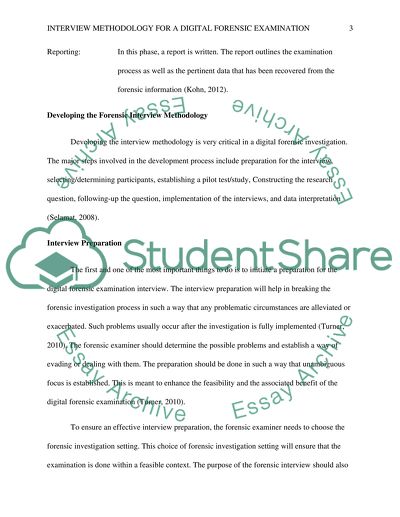Cite this document
(“Develop an interview methodology for a digital forensic examination Research Paper”, n.d.)
Retrieved from https://studentshare.org/information-technology/1665289-develop-an-interview-methodology-for-a-digital-forensic-examination
Retrieved from https://studentshare.org/information-technology/1665289-develop-an-interview-methodology-for-a-digital-forensic-examination
(Develop an Interview Methodology for a Digital Forensic Examination Research Paper)
https://studentshare.org/information-technology/1665289-develop-an-interview-methodology-for-a-digital-forensic-examination.
https://studentshare.org/information-technology/1665289-develop-an-interview-methodology-for-a-digital-forensic-examination.
“Develop an Interview Methodology for a Digital Forensic Examination Research Paper”, n.d. https://studentshare.org/information-technology/1665289-develop-an-interview-methodology-for-a-digital-forensic-examination.


